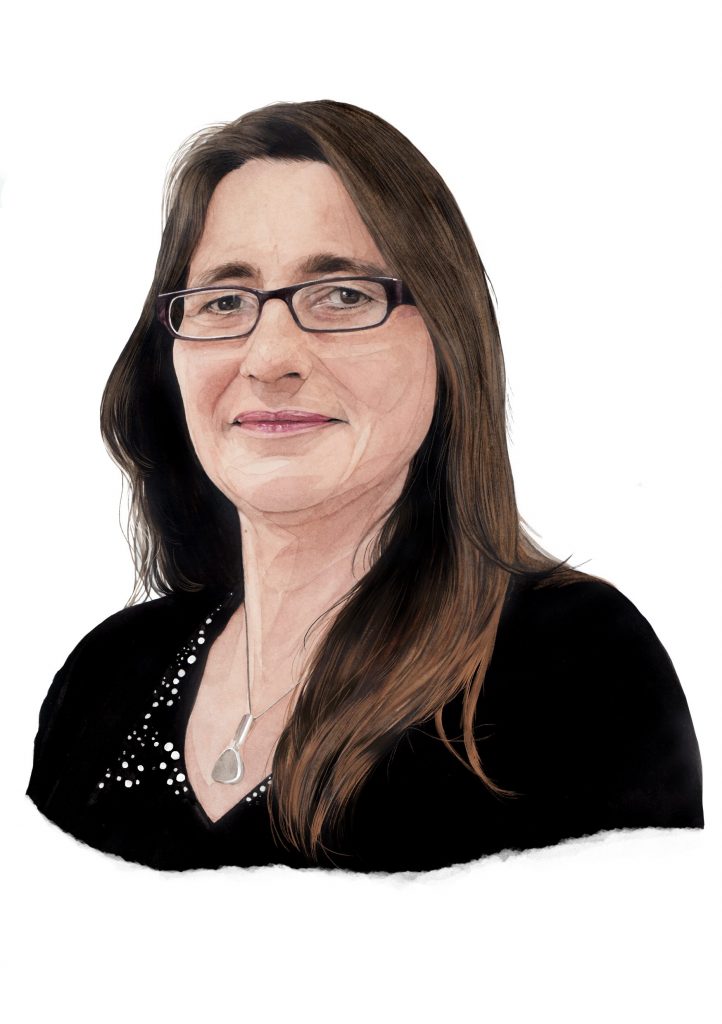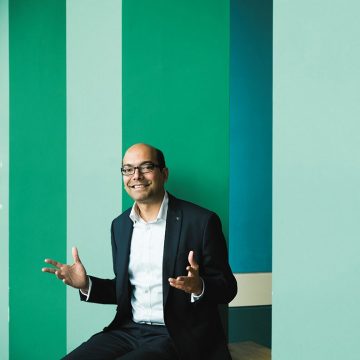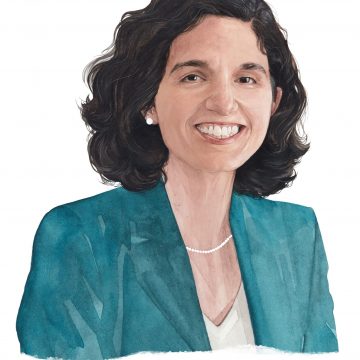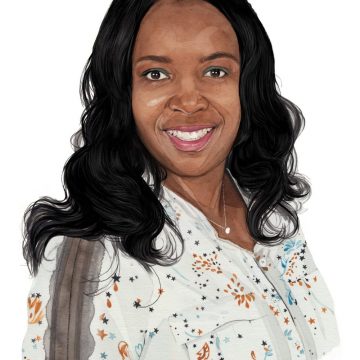How effective is your donation? Research can help find the answers
Professor Pauline Rose is Director of the Research for Equitable Access and Learning (REAL) Centre in the Faculty of Education.

Half of all children in Africa are excluded from education as a result of gender, poverty or disability. Many of us willingly give to local charitable programmes designed to improve access to education, especially for young girls from disadvantaged backgrounds, yet I was shocked to discover how few studies have measured how cost-effective these programmes are – making it impossible to know if this has been money well spent.
At the Research for Equitable Access and Learning (REAL) Centre, we are working with the non-profit organisation Campaign for Female Education (Camfed) in Tanzania, which has among the lowest rates of secondary school enrolment in Africa. Over the past decade, the charity has helped more than 140,000 Tanzanian children, of whom around 65,000 are girls, into secondary education through a bursary programme covering the direct costs of schooling, such as tuition fees, uniforms, textbooks and expenses in travelling to school (which may include the cost of boarding).
Financial support is given exclusively on the basis of need, rather than academic potential or performance, and Camfed works with the local community to identify those marginalised girls most at risk of dropping out of secondary education.
This evidence-based research can only help the charitable cause and therefore enable more marginalised girls to stay in school
An evaluation of the programme identified it was a success in terms of improving learning, but they needed to know how cost-effective it was. We know it costs more to reach the most marginalised girls in society, but most analysis to date has not disaggregated the data to identify the effects of support on the most disadvantaged. We wanted to measure the results taking into account equity considerations: improved access combined with improved learning.
Both sides went into the research with a degree of nervousness – we had no idea what we would find, and the charity had to agree that we would publish our findings, whatever the result. Nor was the work easy, as we had to use their raw accounting information. We linked this cost data to the information on the beneficiaries they support, including both enrolment and learning outcomes.
We found that, for all children supported by the charity, the programme’s impact is equivalent to an extra 1.7 years of schooling for every $100 spent. When we focused on the benefits of increasing both access to schooling and learning for the most marginalised girls through the provision of bursaries, that figure increased to an additional two years of schooling for every $100. The effect is sustainable – costeffectiveness improves by a third, and in terms of scalability and ability to replicate it, it improves by 43 per cent.
We found that, for all children supported by the charity, the programme’s impact is equivalent to an extra 1.7 years of schooling for every $100 spent.
Not only are the recipients of bursaries more likely to stay in school, they are doing well. It may seem obvious, but it is not that poorer children can’t learn – rather that circumstances are stacked against them. The charity offers a holistic approach to learning, with a life-skills programme to promote self-confidence and learning delivered by young women previously supported by the charity. We found that pupils in Camfedsupported schools on average tripled their assessment scores.
The charity is using these positive findings not just to promote their own schools’ programmes, but as advocacy for others to adopt similar approaches. Our work shows that analysis of this type ought to be possible with other NGOs, but for it to be feasible, NGOs need to collect their spending data in a more organised manner, be willing to release all their cost information – and be prepared to accept the findings. At REAL, we are now in discussion with a number of NGOs to see whether we can carry out similar cost-effectiveness research; the Department for International Development is also keen to learn from our approach.
Funders want to know that their money is being used wisely. Our analysis shows that, in the case of the Camfed programme in Tanzania, properly directed financial support, given to those most in need, has measurable, positive results. In my opinion, this evidence-based research can only help the charitable cause and therefore enable more marginalised girls to stay in school. And this, we know beyond doubt, is at the heart of social and economic transformation.
Read more about the Research for Equitable Access and Learning (REAL) Centre.







